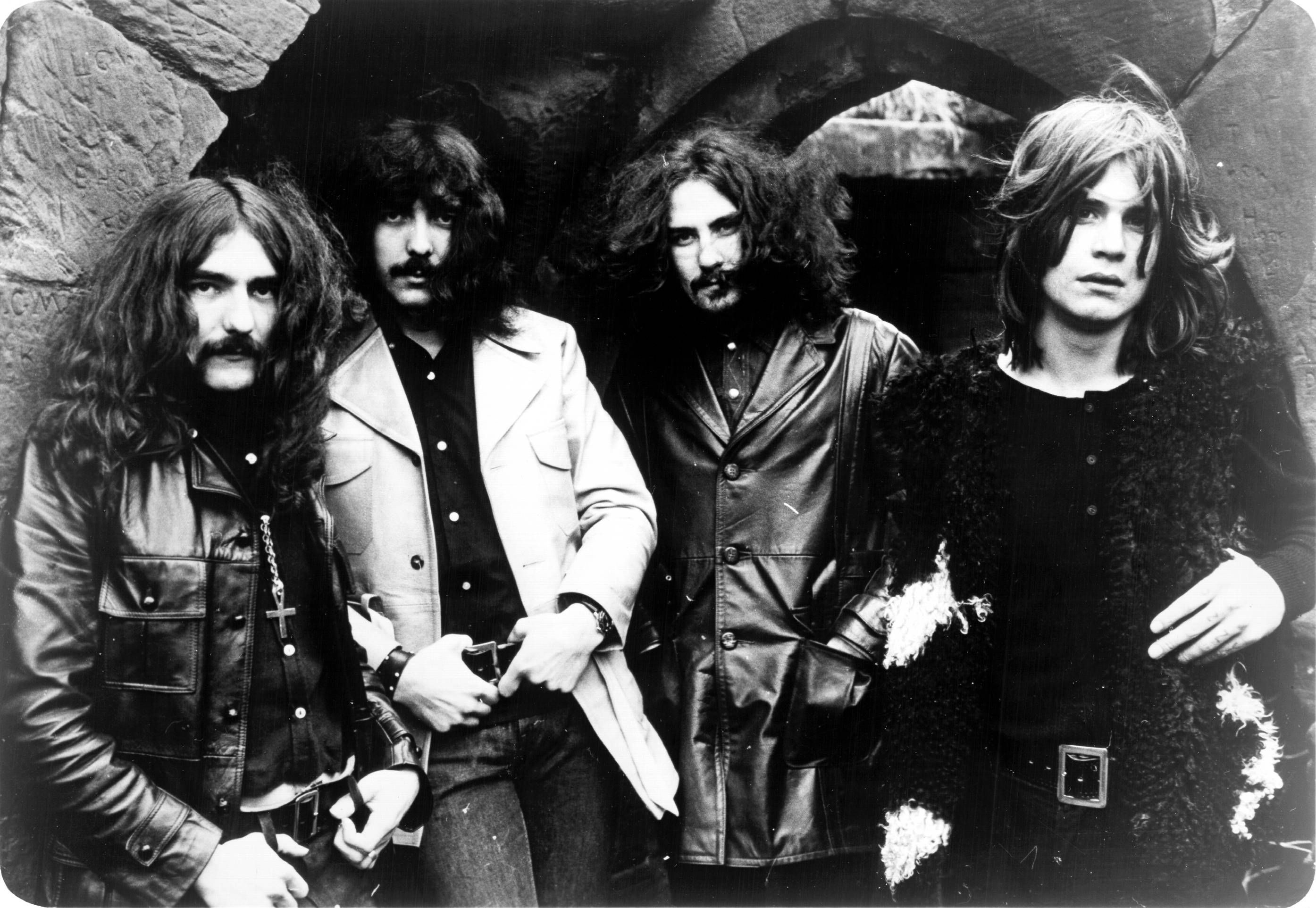In researching words and names for this site, I am often looking for the first known use of a word in English. I recently found an interesting online tool called Time Traveler that allows you to enter a year and see the words first recorded in that year. The site is part of Merriam-Webster.com so these results are based on their dictionaries.
I took a look at words from 1953 and was surprised that some words only appeared that year and that some came that early in history. The list is a kind of lens on what was happening in that year.
Here are a few words that had their first known use in 1953.
- ballpoint pen
- bench press
- blacklight
- cherry bomb
- flea collar main manmalathion
- male-pattern baldness
- Medicare
- random-access memory
- real-time
- rebar
- RSVP
- saber saw
- stiletto heels
- sunblock
- trans-fatty acid
- UFO
- videotape and videotape recorder
- wax museum
- whoopee cushion
With each word or phrase, you can look at the origin. For example, with "UFO" you find:
UNIDENTIFIED FLYING OBJECT
"All right." The President sighed. "Is there anybody around this table who thinks UFOs and this signal from Vega have anything to do with each other?" — Carl Sagan
In 1966, the first UFO "abduction" was described in journalist John G. Fuller's book The Interrupted Journey. — Keay Davidson
First Known Use of UFO, 1953, in the meaning defined above
The site cautions that the date may not represent the very oldest sense of the word.
Many obsolete, archaic, and uncommon senses have been excluded from this dictionary, and such senses have not been taken into consideration in determining the date.
The date most often does not mark the very first time that the word was used in English. Many words were in spoken use for decades or even longer before they passed into the written language. The date is for the earliest written or printed use that the editors have been able to discover.
These dates also change as evidence of still earlier use emerges.
The First Known Use Date will appear in one of three rounded off styles:
For the Old English period (700-1099), "before 12th century"
For the Middle English period (1100-1499), by century (e.g., "14th century")
For the Modern English period (1500-present), by year (for example, "1942")













